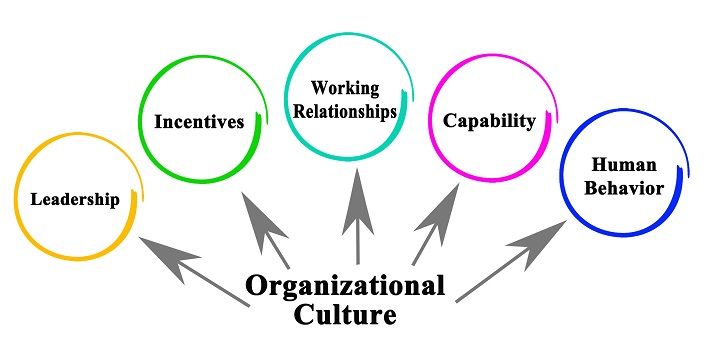ETHICAL CONTEXT OF HRM
CORPORATE SOCIAL
RESPONSIBILITY
Corporate social
responsibility is a relationship between global companies, government of
countries and individual citizens. Locally it’s a relationship between a
corporation and the local society which it residing.
Corporate Social
Responsibility refers to the self- forced responsibility of companies to
society in areas such as the environment, the economy, employee well-being and
competition ethics. Many companies use internal CSR regulation as a form of
moral compass to positively influence the ethical development of their
business. Positive corporate social responsibility can also offer economic
benefits.
SOME LITERATURE REVIEWS
Business encompasses the
economic, legal, ethical and discretionary expectations that society has of
organization at a given point in time. (Dahl,1972)
In the modern commercial
area companies and their managers are subjected to publicized pressure to play
an increasingly active role in the welfare of society. (Balabanis, Phillip and
Lyall,1998)
EXAMPLES FOR CORPORATE
SOCIAL RESPONSIBILITY
1.Environment Management
– Eg: waste reduction and sustainability
2.Responsible sourcing –
Eg: Use only fair trade ingredients
3.Enhancement of work
standard and conditions
4.Contributing to
educational and social programs
5.Employee volunteering
6.Social Responsible
Investment
7. Development of
employee and community relations
CORPORATE RESPONSIBILITY
TYPES THAT ANY ORGANIZATION CAN PRACTICE
In current environment
almost every organization would tend to practice CSR efforts towards their
customers, employees, stakeholder as well as to the society. Companies now
focus on few broad CSR categories.
Environmental Efforts –
Regardless of size, businesses release large amount of carbon to the
environment. Any step they can execute to reduce the footprints of carbon can
consider as an ethical movement towards to the company as well as to the
society.
Philanthropy –
Businesses can practice CSR by donating money, products or services to those
who are in need, social causes and nonprofits. Large companies capable of
donating lots of resources which can benefit charities and local community
programs. It is good to communicate with these organizations about their
specific needs before donating.
Ethical labor practices
– Companies can demonstrate their CSR by treating employees fairly and
ethically.
Volunteering – Attending
volunteer events shows sincerity of the company. By doing good deeds without
expecting anything in return, companies can express their concern towards
specific issues and commitment to certain organizations.
EXAMPLES OF POSITIVE
IMPLEMENTATION OF CSR
Ben and jerry’s – Well
known delicious ice cream flavors with iconic labeling and wacky since 1977
demonstrate their CSR spans all areas of their business. They are committed to
using Fair trade, on-GMO ingredients in their products. They support sustainable
agricultural practices and ethical treatment their dairy cows.
IKEA – IKEA is one of
the largest home furniture companies and it has taken up the responsibility of
helping contest global poverty and living conditions in a number of ways. The
IKEA foundations with the mantra “people and planet positive” has donated 1
pound to save the children for every soft toy that they have sold, with over
104 million Euros being committed to help campaigns in India, Sri Lanka and
Sudan
REFERENCES
Corporate Social
Responsibility by David Crowther and Guler Aras
Cotporate Social
Responsibility by Nibusiness info.co.uk
What is corporate social
responsibility – Business news daily
Startup guide by 1&1
IONOS Products








